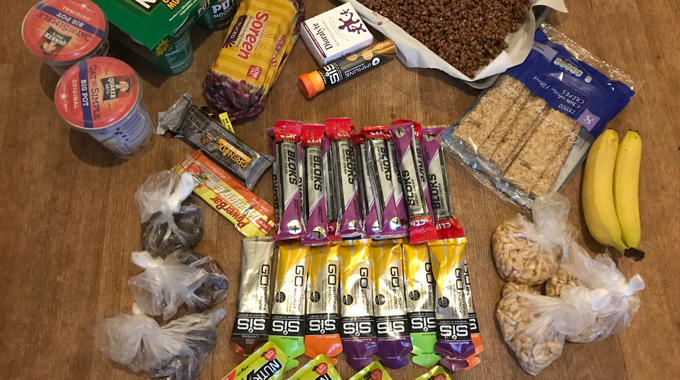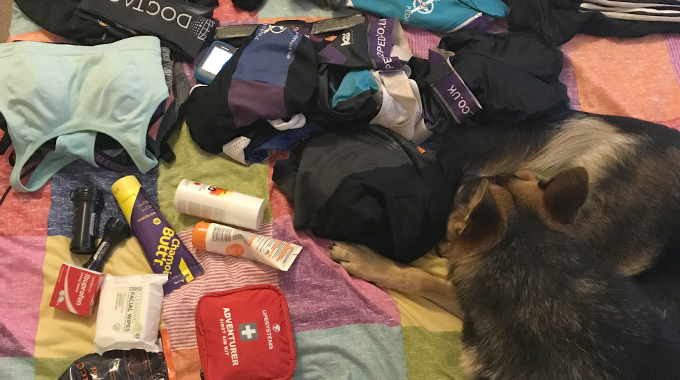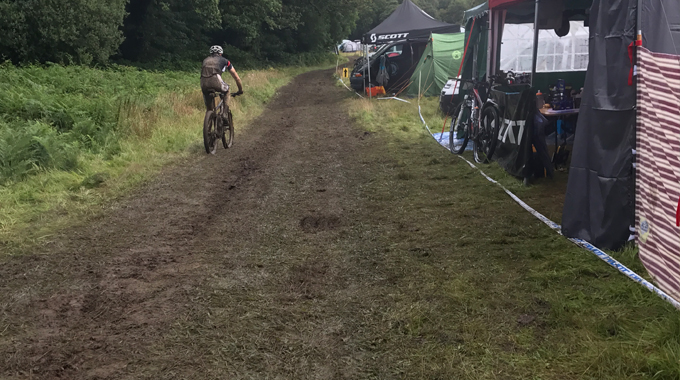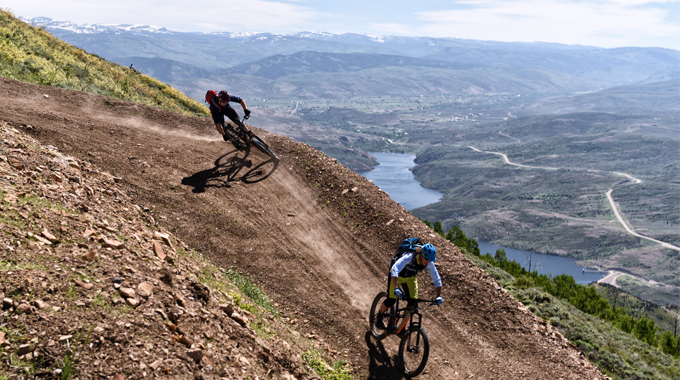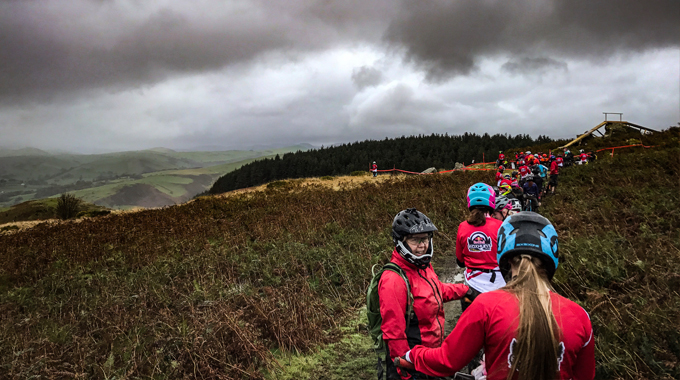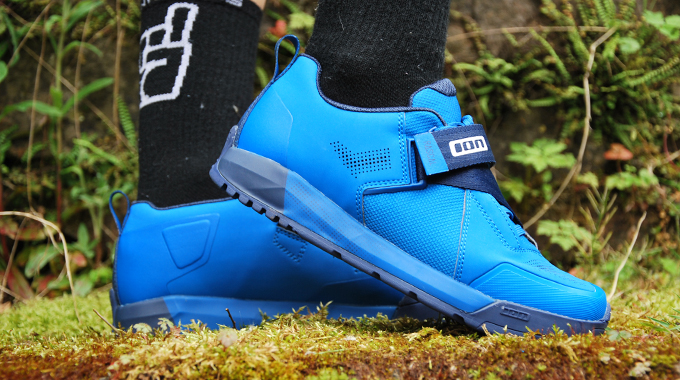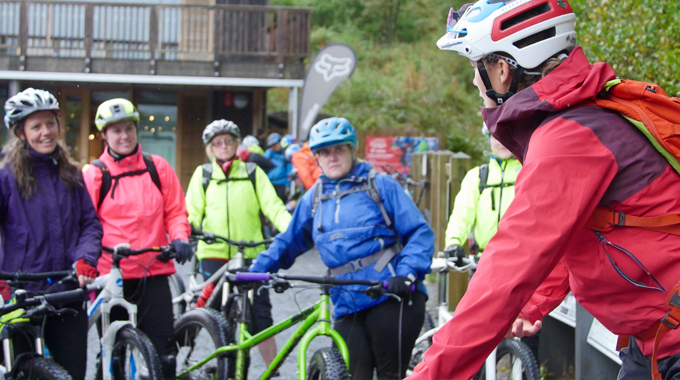Words by Hannah Attenburrow / Twitter / Instagram
This year my main goal was to race Pivot TwentyFour12, a 24-hour race at Newnham Park in Plymouth. Preparing for a 24-hour solo mountain bike race is a long process that is best broken down into chunks; long rides, night rides, nutrition and good lights.
To be able to stay in the saddle for 24 hours I broke my training down into 4 sessions a week; a Pilates session, a tempo 2 hour easy ride, a steady ride working up to 6 hours in the saddle with no rest, adding in hill or speed intervals and a short hour intervals session.
Find out how can hill reps make you a stronger cyclist
Every three weeks I would reassess how my training was going, test my fitness and add a few more hours to the long ride. On 5 and 6-hour training rides my aim, minimal stops, and to take all my food on the bike, like in the race. And then, as I got closer to race day I started taking more of my rides off-road to replicate race conditions.
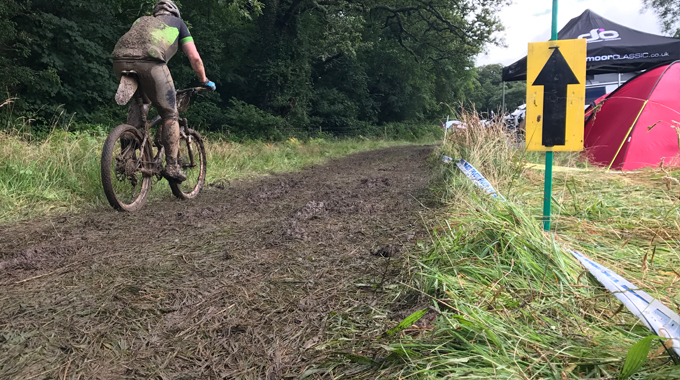
Over the 6 months of build-up to the 24-hour solo race I did a few night rides to get used to the change in conditions these were really helpful as riding in the dark all your senses become more heightened and it’s easy to get spooked and lose concentration.
Another important training factor was Pilates this keeps my core strong and enabled me to strengthen my muscles to help with stability over the 24 hours.


